Primary Sources
Primary Sources

Teachers, need a primary source to create a lesson in the classroom? Students, need a source for a research project?
Here, we've listed the primary sources featured in our Unit Plans. Click on a primary source to go to its page, where you may find additional images, transcriptions of the text, a citation guide for including the source in a bibliography, or ways to purchase copies of the source for the classroom.
HSP's collections are not limited to the primary sources listed here. To see all that HSP has to offer, come visit us or explore our collection online through the Digitial Library and the Discover online catalog.
Some sources have handwriting that is difficult to read. If you need help decoding handwriting, check out this guide from Ancestry.
 This letter is part of the Leon Gardiner Collection of American Negro Historical records. It is from William Still to the Pythian Base Ball Club and is dated January 30, 1869. |
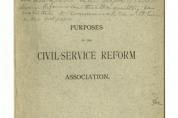 An 1881 pamphlet from the Civil-Service Reform Association of Philadelphia titled, “Purposes of the Civil-Service Reform League.” Edward Sayres Collection. |
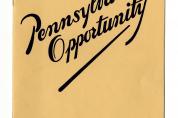 A 1937 Pennsylvania Civil Service Association pamphlet. "Pennsylvania's Opportunity," part of the PA Civil Service Reform League Collection. |
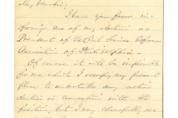 This letter is part of the Edward Sayres Collection and is dated 14 April 1881. Written by Wayne MacVeagh to Edward Sayres. |
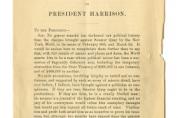 An open letter dated Apr. 8, 1890 to President Benjamin Harrison by Henry Charles Lea. |
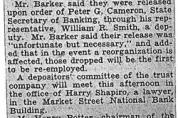 Article from the Philadelphia Record, 2 January 1931. "400 Bankers Trust Employees Dropped" |
 Article from the Philadelphia Record, 23 December 1930. "Directors Put Bankers Trust in State Hands" |
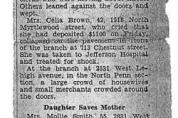 Article from the Philadelphia Record, 22 December 1930. "Crowd Orderly and Composed at Closed Bank." |
 Western Union telegram calling Albert M. Greenfield to a board meeting on closing of Bankers Trust, Dec. 22, 1930. |
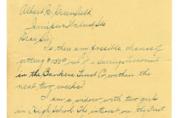 Letter from Mary E. Mayer to Albert M. Greenfield of Bankers Trust, Jan. 6, 1931, after the bank had closed asking if he could help her access some of her savings. |
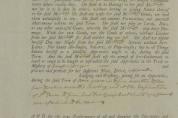 This 1794 indenture, or contract, binds Letitia Beard "to learn the art, trade and mystery of a housewife."
|
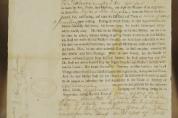 This 1750 legal document between John Henry Coats, his father, and shoemaker John Humphries obligates Humphries to teach Coats the trade. |
- ‹ previous
- 21 of 22
- next ›
